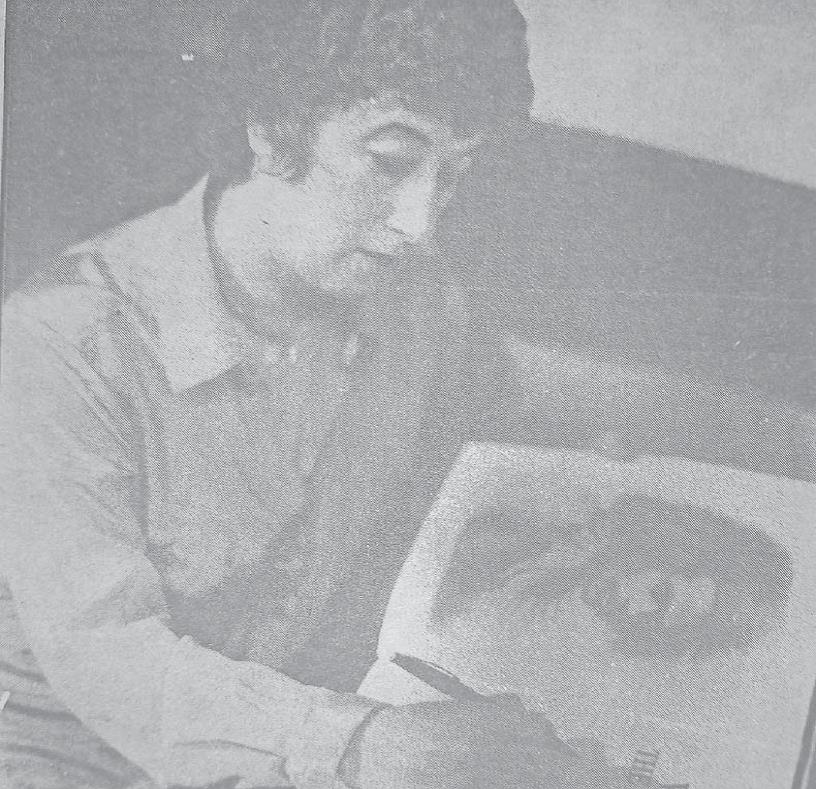Leaving the comforts of her home and everyday life in a quest to document myths and legends all over South Pacific Island was something Kristin Zambucka did not regret doing.
The artist and author from New Zealand said hearing stories of different myths and legends from places other than her homeland was what sparked her interest in writing and art.
Zambucka was believed by many who met her to be a lady with a lot of mana, both the spiritual kind and in business.
An article published by The Fiji Times on February 1, 1979, said she had slogged about the South Pacific for years, with a suitcase in one hand and a box of pastels in the other, producing sensitive portraits of Pacific people.
After years of research and travelling, she was finally able to set up her own publishing company, Mana, to produce her illustrated books.
The latest of the production line was Vuda The Source — a story of the migration to Fiji, the ancestors of the people of western Viti Levu.
The way the chiefs of Viseisei told it to Zambucka was that almost 2000 years ago in Tanganyika in Africa, a “strong giant of a man with flecks of silver in his long bushy hair and wisdom in his eyes” came to lead the people from drought and disease land to a new island home, Fiji.
The man was named Lutunasobasoba.
He sailed in his mighty canoe, Kaunitoni, with his Egyptian wife, the Lady Nai, and seven children.
With them also came mysterious twins, who were said to have been born in Fiji and set adrift in a canoe as children, finally reaching Tanganyika in manhood in time to help lead the people back to Fiji.
Mana island was the first landfall, but they were given an unpleasant reception by a man called Degei, so finally they landed at Vuda.
The book describes the epic voyage, the troubles of the people and their settlement and spread in Fiji.
The story was told simply, a few sentences per page, interspersed with portraits of Lutunasobasoba and his family by Zambucka, and many fascinating photographs, from Hawaii’s Bishop Museum.
Vuda The Source was designed as a prestige publication.
Several photographs lacked interest and quality and could have been left out, and a number of them were untitled.
But amongst them were some which were extremely interesting and would be worth while making available in Fiji.
It was a great pity they were published in Hawaii, rather than our own museum, the article read, adding that Fijians should at least have access to copies of these pictures.
Zambucka was originally from New Zealand but later moved and settled in Honolulu. She had been a frequent visitor to Fiji in the nine years before the article was written, and in 1974 produced a book of portraits, Faces of Fiji.
Her other publications included Faces from the Past, the portraits and stories of old Maori women who had traditional facial tattoos, two pictorial biographies on the Hawaiian monarchy, and a Hawaiian philosophical work, Ano’Ano ‘The Seed’, which showed her development as a symbolic artist.
At the launching of Vuda The Source , in Suva, Zambucka said she had no plan for any more books about Fiji, although she was interested in painting some faces of people from “different islands”. At the time, she was working on a sequel called The Seed and preparing for an exhibition of her work in London.

